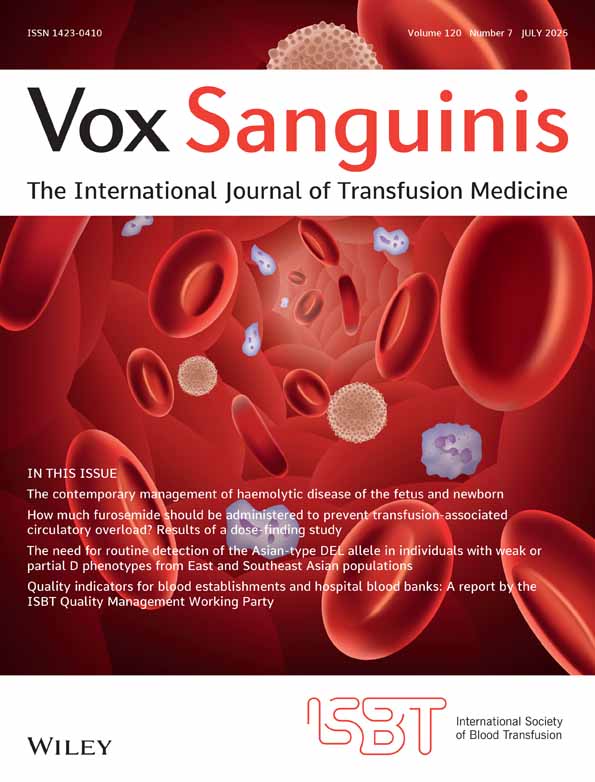Beta-Propiolactone for the Inactivation of Non-A/Non-B Type 1 Hepatitis Virus Capable of Inducing Cytoplasmic Tubular Ultrastructures in Chimpanzees
Abstract
Non-A/Non-B type 1 hepatitis virus may be recognized because it induces characteristic tubular ultrastructures in the hepatocyte cytoplasm of chimpanzees. 3 chimps received 0.1 ml of a chimp serum containing more than 100 chimp infecting units of non-A/non-B type 1 hepatitis virus after it had been treated with β-propiolactone with or without combined ultraviolet irradiation. All of the chimps escaped infection throughout the observation period of 23 weeks. The treatment of the serum with β-propiolactone at the mildest condition employed (0.05%, 4°C, 20 min) was still effective in inactivating the virus. The susceptibility of the chimps was ascertained by the subsequent challenge with 0.1 ml of the untreated serum which invariably induced non-A/non-B type 1 hepatitis in them. On the basis of these results, β-propiolactone was extremely efficacious for the cold sterilization of non-A/non-B type 1 hepatitis virus.




